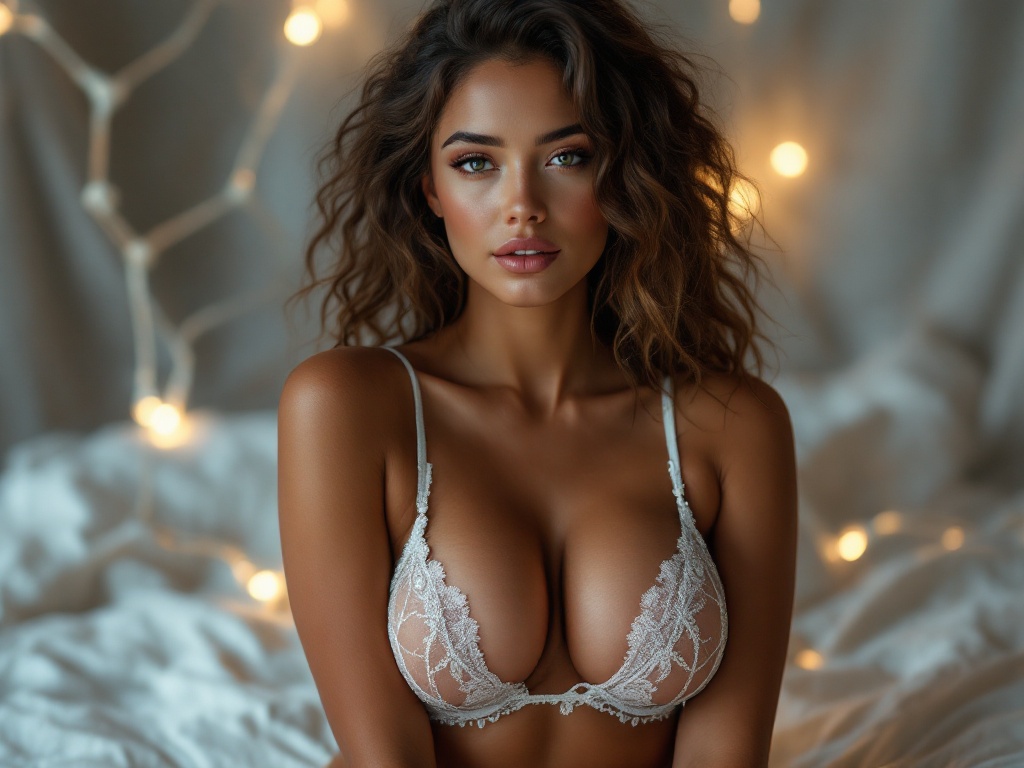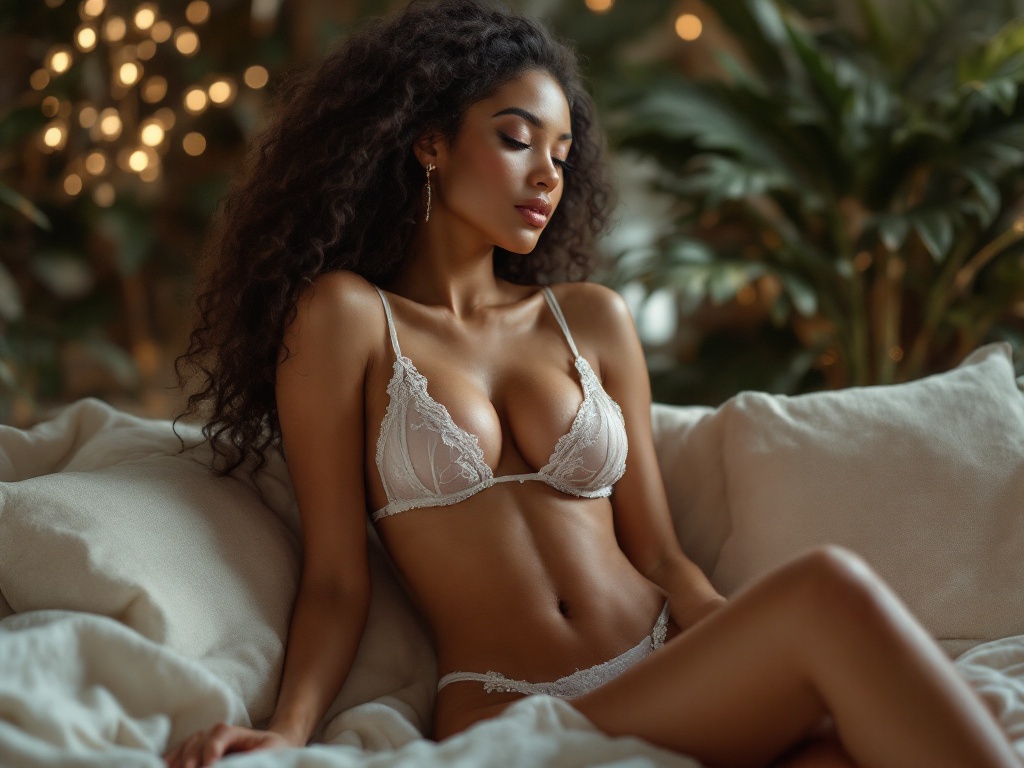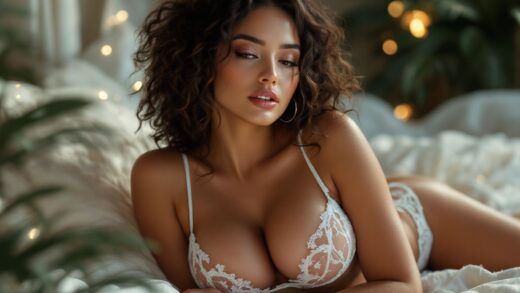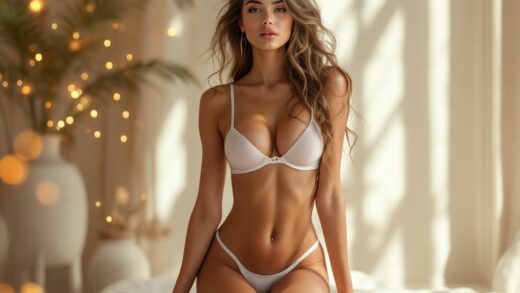The captivating blend of historical artistry and modern technology marks a notable epoch in art, particularly within the unique realm of erotic depiction. With technological advancements, artificial intelligence (AI) has emerged as a revolutionary catalyst, enabling artists to reinterpret the aesthetics of bygone eras through a thoroughly contemporary lens. This fusion not only honors traditional artistic movements but also confronts typical narratives surrounding eroticism. By utilizing sophisticated algorithms and vast datasets, AI can craft stunning erotic portrayals that draw from historical influences, while inviting fresh viewpoints. The evolution of erotic art stretches back centuries, reflecting society’s shifting perceptions of sexuality and beauty. This article delves into the harmonious interaction between time-honored artistic practices and AI-generated erotic creations, offering insights and reflections on the trailblazing techniques involved.
The Evolution of Erotic Art Across Time
Ancient societies, particularly the Greeks and Romans, made invaluable contributions to the realm of erotic art, where sensuality was revered as a fundamental human experience. During this era, artists employed intricate methods to capture intimacy and longing, often weaving mythology and symbolism into their masterpieces. From iconic sculptures capturing human anatomy to frescoes depicting romantic narratives, these ancient works laid a foundation for future expressions of eroticism. The skilled craftsmanship evident in creations such as pottery or marble statues reveals a profound obsession with the human form and its capacity for delight. The cultural climate of these times motivated artists to produce work that mirrored societal values while simultaneously pushing the limits. Their enduring legacy continues to inspire today’s AI-generated erotic works, echoing classical styles.

The Renaissance Period
The Renaissance was a transformative era in art, merging a rebirth of classical themes with a rejuvenated focus on human experiences. Luminaries like Botticelli and Michelangelo ventured into the terrain of eroticism in their iconic pieces, fuelling artistic conversations around human yearning, beauty, and expression. The emergence of humanism in this period facilitated a deeper exploration of the body as an emotive and passionate vessel. Renowned works such as “The Birth of Venus” epitomize this exquisite fusion of mythological motifs with erotic nuances, highlighting the remarkable artistic liberty nurtured within Renaissance culture. However, alongside the flourishing of erotic art came heightened scrutiny and debates over moral acceptability. Thus, the Renaissance marked a crucial period in the history of erotic art, impacting generations of artists thereafter.
The Influence of AI in Art Creation
AI technologies have reached remarkable heights, utilizing intricate algorithms to craft art that’s both groundbreaking and audacious. Central to these innovations are neural networks and Generative Adversarial Networks (GANs), which learn from extensive collections of existing art pieces. These algorithms discern patterns, styles, and components, simulating the creative instincts of human artists. By tweaking digital strokes and color schemes, AI can generate unique erotic compositions that seamlessly blend traditional and contemporary influences. It’s awe-inspiring to observe AI not only grasping artistic styles but also pushing beyond established limits, offering new interpretations of erotic visuals. Nonetheless, this transformative prowess raises questions about AI’s impact on art and its potential to reshape the concept of creativity.
Harmonizing AI with Historical Styles
AI-generated art enables an enchanting amalgamation of outdated styles with novel themes. By digitizing traditional artistic methodologies, AI can recreate styles from various historical periods, crafting a unique fusion that resonates with today’s audiences. The boundless potential for creativity becomes evident as AI effortlessly marries inspirations from classical, Renaissance, Baroque, and modern art movements to create distinctive erotic artworks.
| Historical Art Style | Defining Traits | Contemporary Interpretations |
|---|---|---|
| Classical | Symbolism, mythic elements, accurate human depictions | AI is capable of crafting updated versions of classical sculptures rich in detail. |
| Renaissance | Focus on humanism, anatomical study, emotional expressiveness | AI has the ability to reproduce paintings that weave human emotion with erotic stories. |
| Baroque | Dynamic action, stark contrasts, sensual forms | AI can inject erotic motifs while retaining the dramatic Baroque flair. |

Ethical Implications of AI-Generated Erotic Art
In the domain of erotic art, consent and respectful portrayal are of utmost importance, especially in AI-generated visuals. As AI absorbs data from pre-existing pieces, the risk of misrepresentation or lacking consent becomes a reality. Creators and developers bear an ethical obligation to ensure their artworks respect the genuine narratives of sexuality. By emphasizing diverse body representations and expressions, the industry can avoid reinforcing stereotypes and harmful tropes. Deliberations about these ethical dimensions are vital as society wrestles with AI’s role in art. It’s about developing a framework that respects foundational inspirations while allowing room for innovative exploration.
The Effect on Traditional Art Techniques
The emergence of AI-created erotic art presents both prospects and hurdles for traditional artists and the larger art community. On the one hand, it democratizes art creation, enabling anyone with technological access to produce unique works. This availability fosters a lively artistic environment where both traditional and modern forms coexist. On the contrary, questions about originality and the soul of art arise, potentially devaluing human craftsmanship. Although some traditional artists may view AI as a threat, it also opens up areas for collaboration, with many using AI as a tool for inspiration rather than as competitors. The incorporation of AI into the erotic art genre prompts a reevaluation of what determines artistic value and individuality.
Conclusion
The investigation of historical artistic styles through AI-generated erotic art reveals a luxurious tapestry where tradition converges with modernization. Reflecting on centuries of erotic artistry allows us to recognize how these influences sculpt modern creativity. The synergistic blend of time-honored techniques and cutting-edge technology fosters a deep conversation about the nature of art and desire. As both AI and erotic art continue to advance, the frontiers of creativity broaden, ushering in new perspectives and stories. This foray into a pioneering domain underscores the boundless potential at the intersection of culture, technology, and the human experience.
FAQ
- What are some renowned historical erotic art pieces?
- “The Birth of Venus” by Botticelli
- “Luncheon on the Grass” by Édouard Manet
- “The Kiss” by Gustav Klimt
- How does AI produce erotic art?
- AI utilizes algorithms to examine existing art pieces.
- It melds various styles and techniques to generate new artworks.
- Through its learning capability, it can replicate intricate designs.
- Are there ethical concerns surrounding AI-generated erotic art?
- Consent and representation issues are critical.
- It could impact traditional artists and their creations.
- There are ongoing debates about the originality and authenticity of AI-created works.
- Can AI replicate specific historical artistic styles?
- Indeed, AI can study and mimic various historical elements.
- It holds the potential to create distinctive blends of artistic flair.
- AI offers a fresh avenue for appreciating traditional artistry.
- Is AI-generated erotic art regarded as genuine art?
- The viewpoint on AI-generated art is diverse among individuals.
- Ongoing discussions challenge the idea of what constitutes “real” art.
- It has fostered new dialogues about the creative journey.


